The New South Wales (NSW) government’s Department of Climate Change, Energy, Environment and Water (DCCEEW) will soon move into the Sydney’s CBD’s newest high rise, which boasts being fully electric and features 28 rooftop solar modules.
The 39-storey Parkline Place features 28 China-headquartered SUMEC Helios 440 W dual glass bi-facial N heterojunction hybrid solar cells (HJT), which it says provides up to 22.5% efficiency and come with a 30-year product and performance warranty.
The company says the SUMEC Helios performs well in hotter conditions, with a power temperature coefficient of -0.26% / degree Celsius. The dual glass replaces the standard plastic backsheet, preventing degradation.
The sale of the modules for the project was done through SUMEC’s exclusive distributor, Supply Partners, led by their business development manager, Gonzalo Muslera.
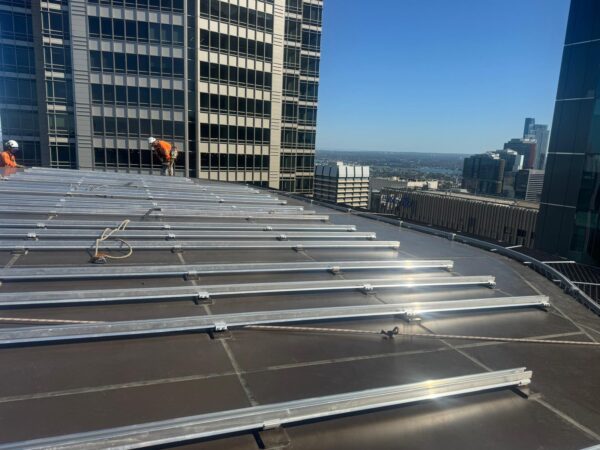
Image: Solas Solar
The installation was completed by Sydney-based company Solas Solar, that specialises in commercial solar installations.
Solas Solar’s Colin Turke said the mounting system is the Sunlock commercial framing system with the SCF3.
“We used this product for the ease of installation and the ability to use two screws when fixing the feet to the aluminium roof brackets due to the high wind uplift which gave peace of mind,” Turke said.
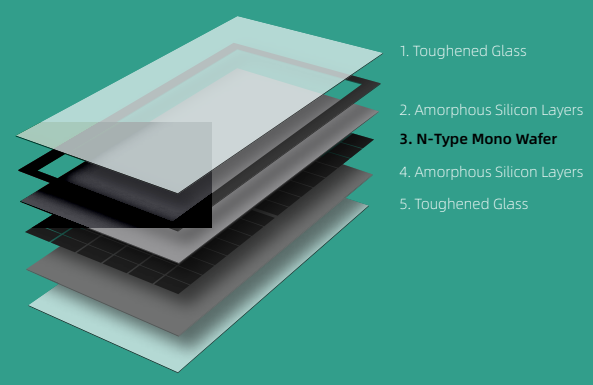
The 38-storey Parkline Place in Sydney's CBD, utilised 28 heterojunction hybrid solar modules.
Co-developer of Parkline, a real estate investment manager Investa spokesperson told pv magazine the installation came with a set of challenges, including working at heights.
“One of the risks with installation of the solar panels on top of the architectural roof is that it slopes towards the edge of the building and required rope access personnel to install and certify temporary static lines to allow the solar panel installers to safely hook onto and install with access via the permanent roof access hatch,” the spokesperson said.
“Solar panel installers worked in fall restraint whilst being supervised by a level 03 rope tech in the event of an emergency rescue. All materials and tools were lanyard-ed at all times.”
The building does not have battery storage, however electric vehicle (EV) chargers have been installed in 25% of car spaces available, in the automated vehicle parking system known as Car Stacker.
“We have also provisioned infrastructure for additional charging facilities to 100% of car spaces, subject to tenant take up,” the spokesperson said.
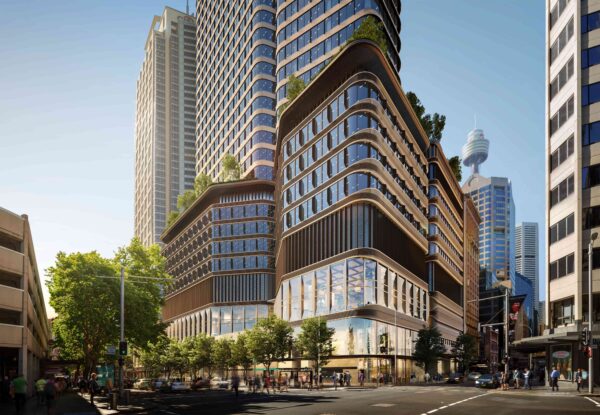
Parkline Place is also designed to achieve 5.5-star National Australian Built Environment Rating (NABERS) Energy, 3.5-star NABERS Water, and 6-star Green Star Design and As-Built V1.3 sustainability ratings.
The development has been delivered and will be managed by Sydney-headquartered Investa, on behalf of co-owners Canada-based Oxford Properties Group and Japan-based Mitsubishi Estate Asia, with four government agencies to occupy more than 10 floors in the building.
Updated 6 February 2025.
This content is protected by copyright and may not be reused. If you want to cooperate with us and would like to reuse some of our content, please contact: editors@pv-magazine.com.
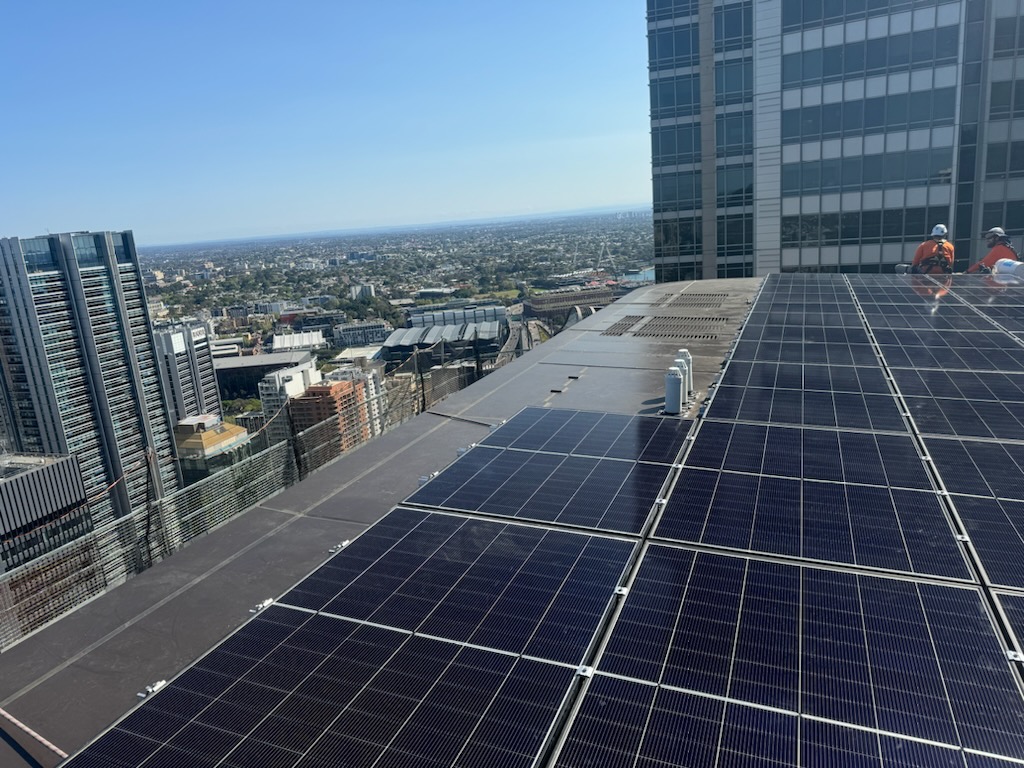
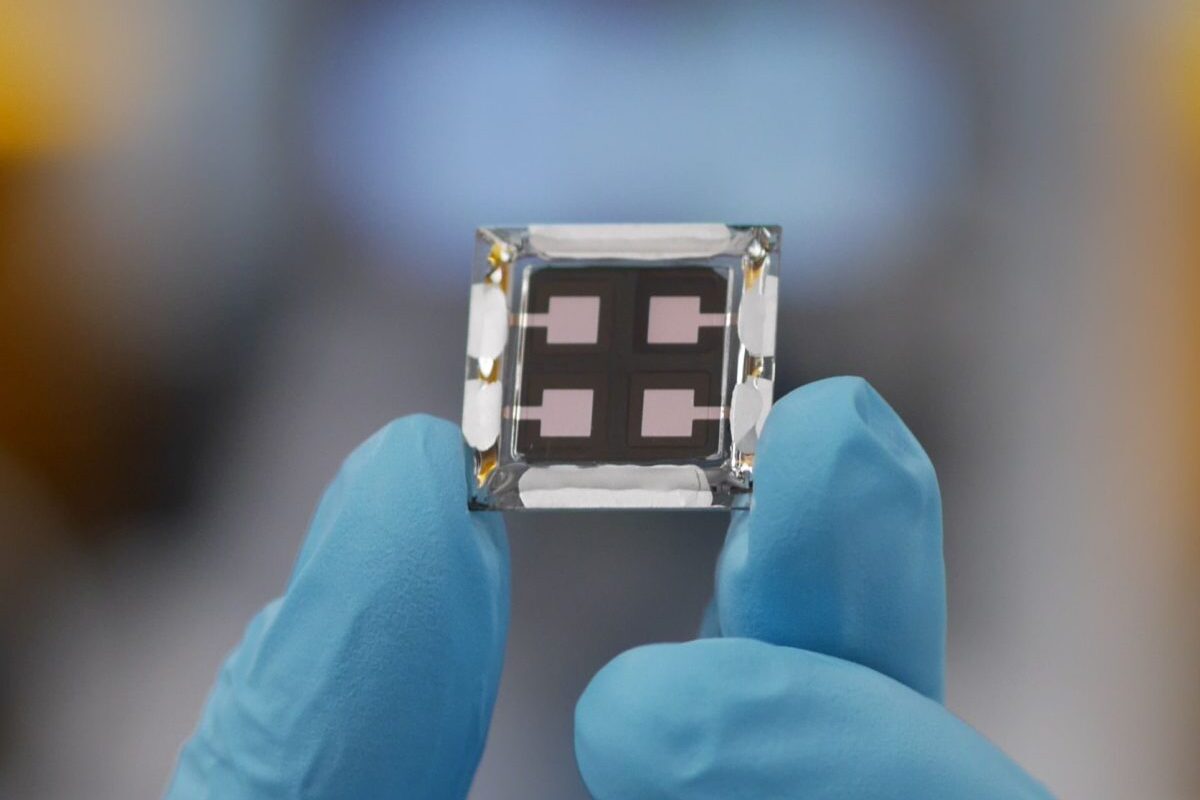

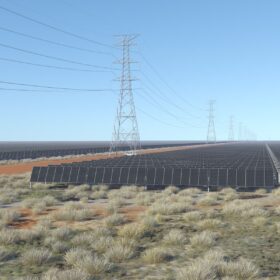
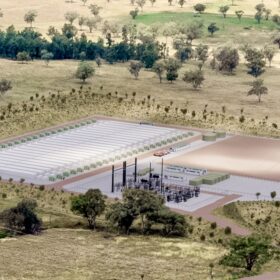
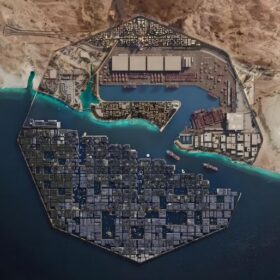
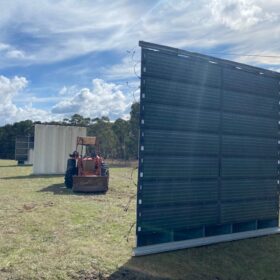
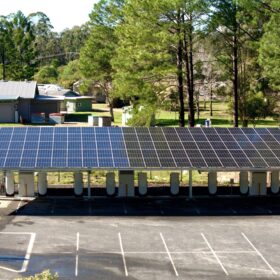
By submitting this form you agree to pv magazine using your data for the purposes of publishing your comment.
Your personal data will only be disclosed or otherwise transmitted to third parties for the purposes of spam filtering or if this is necessary for technical maintenance of the website. Any other transfer to third parties will not take place unless this is justified on the basis of applicable data protection regulations or if pv magazine is legally obliged to do so.
You may revoke this consent at any time with effect for the future, in which case your personal data will be deleted immediately. Otherwise, your data will be deleted if pv magazine has processed your request or the purpose of data storage is fulfilled.
Further information on data privacy can be found in our Data Protection Policy.